#Giraffa reticulata
Text

Reticulated giraffe Giraffa reticulata
Observed by burakdogansoysal, CC BY-NC
16 notes
·
View notes
Text
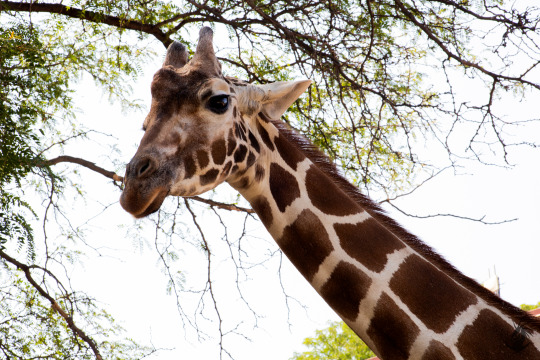
Reticulated Giraffe (giraffa reticulata)
taken at the Denver Zoo in Denver, Colorado
status: endangered
Reticulated giraffes can be identified by their polygonal shaped spots!
#Reticulated Giraffe#Giraffe#Giraffa reticulata#animal#denver zoo#denver#zoo#photo#photography#canon#canon 6d mark ii
1 note
·
View note
Note
They seem to have found another spotless giraffe calf. In the wild, in Namibia.


Wow, what a coincidence! And it’s a different subspecies, the previous was reticulated and this one is an Angolan! Sending good vibes that they make it to adulthood. Read more about it here. Here are two of the other three known patternless giraffes the recent one born in Tennessee and one from 1972 in Tokyo!

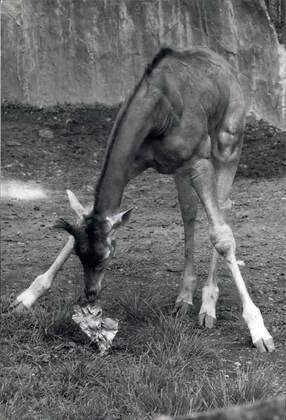
#color mutation#giraffe#reticulated giraffe#Angolan giraffe#Giraffa camelopardalis#Giraffa camelopardalis reticulata#Giraffa camelopardalis angolensis#oddball#ask
1K notes
·
View notes
Text
A giraffe born without spots sounds like the plot of a children's book – and actually is one – but this quirky coming-of-age story is also unfolding right now in real life.
On the 31st of July, Brights Zoo in Tennessee welcomed a new baby giraffe without any spots to the world. Her coat is a solid brown color.
The giraffe is possibly one of a kind. While scientists acknowledge that her species, reticulated giraffes (Giraffa reticulata), are born without spots on very rare occasions, there is no other known example living anywhere on Earth according to officials at Brights Zoo.
Continue Reading.
78 notes
·
View notes
Text
Wild Animals Found In Tanzania
Did you know that Tanzania has the largest wild animal population density in the world? This means that there are more animals per square mile of land in Tanzania than anywhere else. How interesting is that!
According to Tanzania National Parks Authority (TANAPA), the country has 22 National Parks home to more than 430 mammalians, 6,000 insects, 1,112 birds, and 100 snakes species.
So, hop on to this exciting ride as we’ll be sharing some amazing facts of different animals that are found in the beautiful country of Tanzania.
Today we’ll have a look at the Tanzanian’s National Animal and that is none other than the majestic Giraffe. According to the Giraffe Conservation Foundation (GCF), there are four distinct species of giraffes and those are the Maasai giraffe (G. tippelskirchi), Northern giraffe (G. camelopardalis), Reticulated giraffe (G. reticulata) and Southern giraffe (G. giraffa). Tanzania is home to the largest population of Maasai giraffes in the world.

Facts About Giraffe
An average giraffe is 20 feet tall, making them the tallest land mammal on earth
Both male and female giraffes have ossified cartilage resembling horns on the top of their heads
They are social animals. They travel in groups of 10 to 12 known as tower
Both male and female giraffes can live to about 25 years in the wild and even longer in captivity. Their mortality rates vary from region to region depending on the density of their natural predators
Their biggest natural predators are lions who are responsible for the mortality of more than 50% of giraffe calves in their first year
They are herbivorous animals and due to their height they eat leaves and buds from trees and shrubs. They can consume approximately 35 kilograms of food a day
Their bodies are covered in spots (patches) which they use as camouflage from their predators
Giraffes’ gestation period is about 15 months. They can carry only one calf at each pregnancy, and they give birth to their calves while standing up
They can run as fast as 35 mph over short distances and about 10 mph over longer distances.
Come visit the beautiful country of Tanzania where you can see these majestic animals. Stay tuned for next time when we come back with other amazing facts about other animals found in Tanzania.
This article was written by Duteni Tours, a Class A licensed Tour Operator based in Tanzania, East Africa. For questions about the content of the article or for information about magical safaris or immersive cultural experiences in Tanzania, please contact us at;
[email protected] OR +255 765 809 691
3 notes
·
View notes
Photo


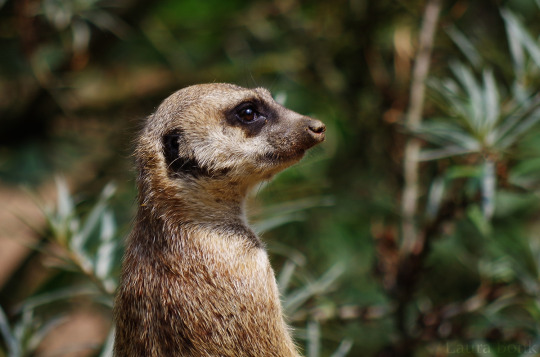



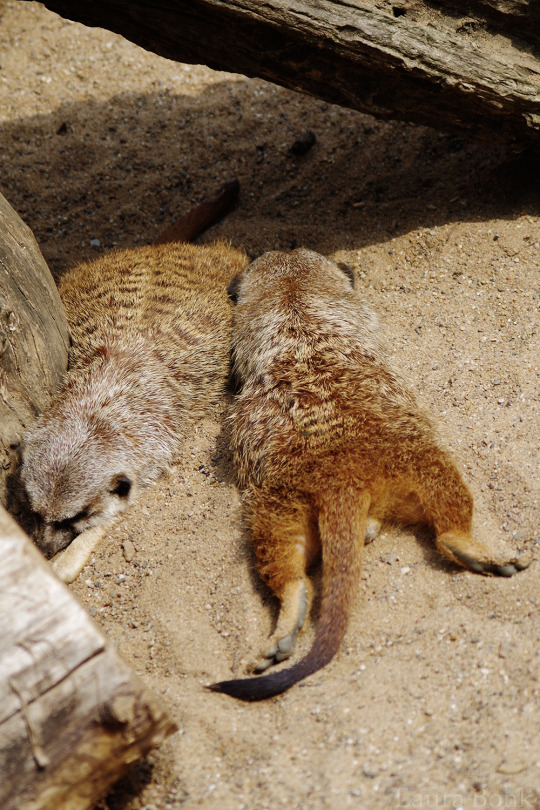

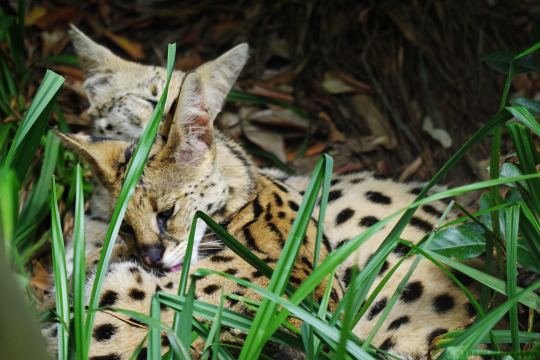
Pensioner excursion ZOOM Erlebniswelt Gelsenkirchen - Part 3/3
Africa
Way back in July 2017 I went on a pensioner excursion with some friends from my master’s classes. We grabbed our bikes and went to the largest zoo in our area, visited the zoo, had a picnic and biked back home.
The ZOOM was significantly renovated and rebranded (previously known as Ruhr Zoo) from 2004-2010 and now consists of the three ‘expeditions’: Alaska, Asia and Africa.
You can easily see that the Meerkats (Suricata suricatta) were my favourite. Any zoo I visit I could just sit in front of the Meerkat enclosure and watch them for hours.
In general a lot of the animals were napping as the temperatures rose around midday, african lions, porcupines and a lot of the meerkats were just laying about relaxing.
The servals (Leptailurus serval) were curled up right in front of the window and were canoodling the whole time. Super cute, very hard to capture.
The giraffes are Rothschild’s giraffes (Giraffa camelopardaalis rothschildi) which have a different pattern to their coat than the one we are used to from reticulated giraffes (G. c. reticulata) (which I saw here in Cologne).
See you soon!
#nature photography#zoo#meerkat#serval#lion#giraffe#porcupine#zoom erlebniswelt#zoom gelsenkirchen#zoology#july#2017
2 notes
·
View notes
Text
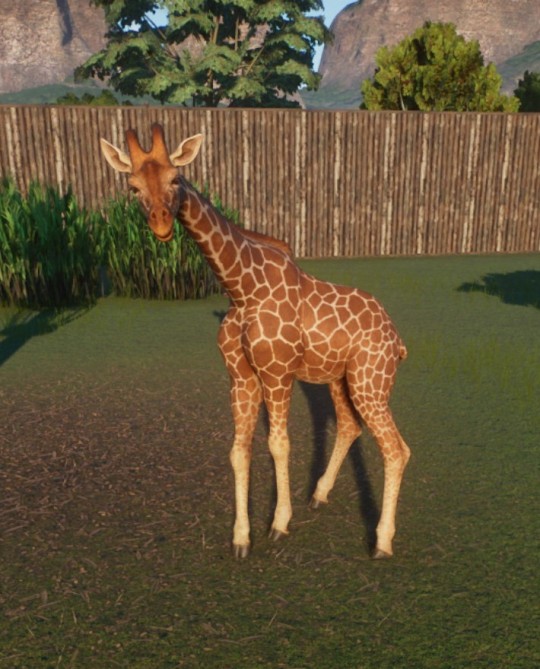
The Reticulated or Somali Giraffe (Giraffa camelopardalis reticulata) lives in the savannahs and open forests of Kenya, Somalia, and Ethiopia. Their Latin name 'camelopardalis' comes from the fact that the ancient Greeks and Romans believed that giraffes were a cross between camels and leopards.
They are an Endangered species due to deforestation and the increase in agricultural land conversion, both of which are destroying their habitats. Another reason behind their declining population in the wild (currently 8.500) is that they live in areas of civil unrest and are likely to be killed as an indirect victim of the human conflict in those locations. Many conservation groups such as the 'Reticulated Giraffe Conservation with Pastoralists Initiative' have been established and are dedicated to protecting the species. Efforts include placing cameras on giraffe trails to track the animals, locate snares and prevent poaching (this also benefits other species living in the area). The groups also educate locals on giraffes and other local wildlife.
The giraffe is the tallest animal in the world with a prehensile tongue measuring 45 centimeters in length. Male giraffes are significantly taller than their female counterparts. And in order to win the right to mate with females, the males fight viciously by swinging their necks and horned heads into each other.
Fun fact: the skin of Reticulated Giraffes secretes chemicals that repel parasites and other insects, effectively creating their own personal bug-repellents.
0 notes
Photo

Giraffa reticulata - Reticulated Giraffe
#reticulated giraffe#giraffe#giraffa#reticulata#giraffidae#artiodactyla#mammalia#chordata#animalia#endangered#africa#african great lakes#great rift valley#serengeti#savannas#terrestrial#savanna#debated taxa
107 notes
·
View notes
Photo
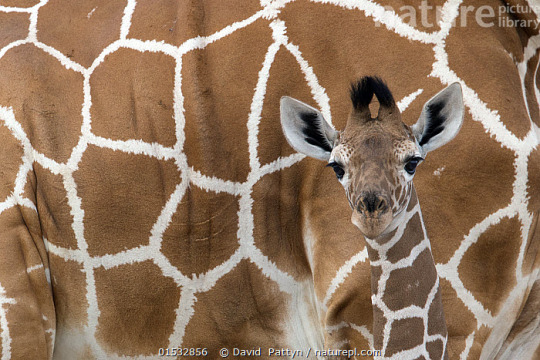
Reticulated giraffe (Giraffa camelopardalis reticulata) young standing close to its mother, Samburu Game Reserve, Kenya, Africa, August.
Photographer: David Pattyn
#david pattyn#photographer#reticulated giraffe#giraffe#giraffa camelopardalis reticulata#samburu game reserve#kenya#africa#nature
7 notes
·
View notes
Photo

26 notes
·
View notes
Text

Reticulated giraffe Giraffa reticulata
Observed by billyschofield, CC BY-NC
16 notes
·
View notes
Text
Jusqu'en septembre 2016, il était communément admis qu'il existait neuf sous-espèces de girafes : la girafe réticulée (Giraffa camelopardalis reticulata), que l'on trouve en Éthiopie, en Somalie et dans le nord du Kenya
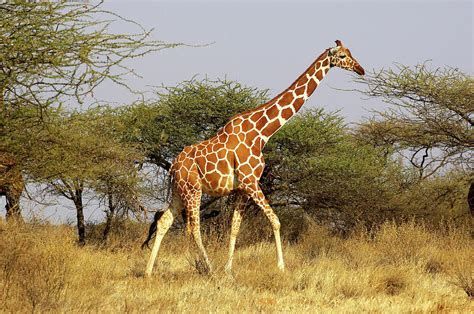
la girafe de Nubie (Giraffa camelopardalis camelopardalis), de la région du Nil bleu en Érythrée

la girafe du Soudan (Giraffa camelopardalis antiquorum)
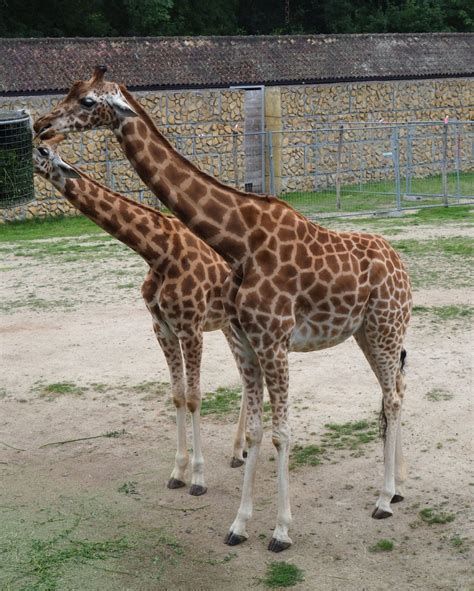
la girafe du Tchad (Giraffa camelopardalis peralta), qui vit en Afrique centrale et occidentale
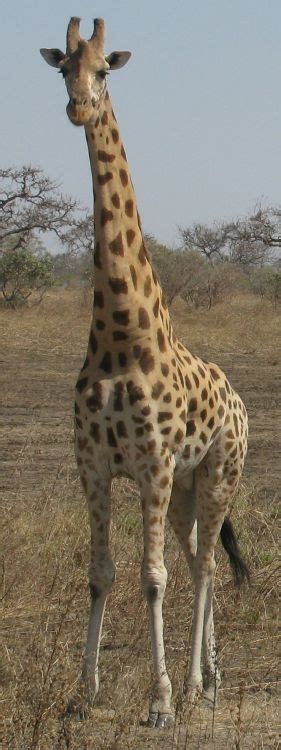
la girafe de l'Ouganda (Giraffa camelopardalis rothschildi), que l'on observe en Ouganda et au Kenya dans les réserves
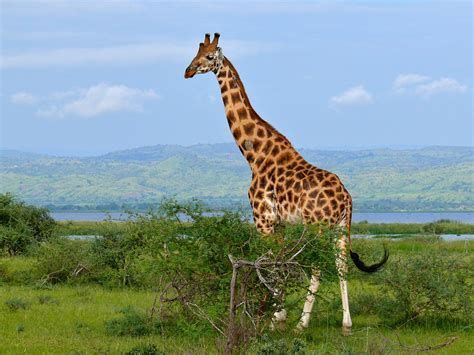
la girafe masaï (Girafa camelopardalis tippelskirchi), du sud du Kenya
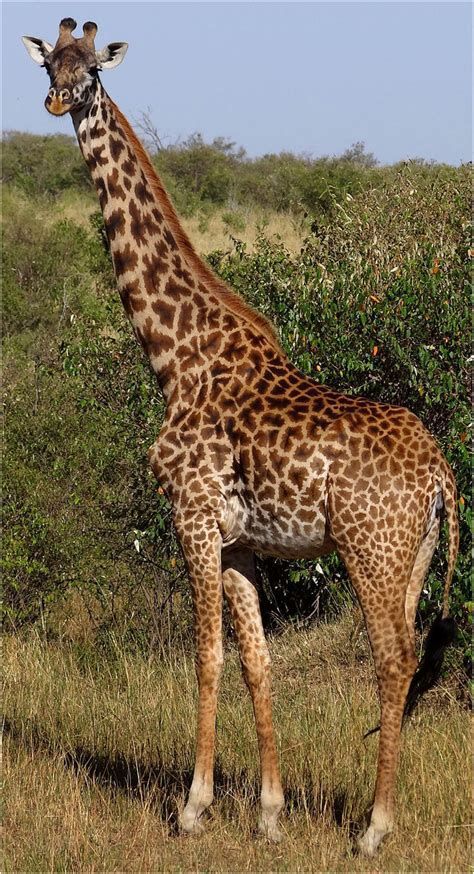
la girafe de Rhodésie (Giraffa camelopardalis thornicrofti), que l'on trouve dans la vallée du Luangwa, en Zambie
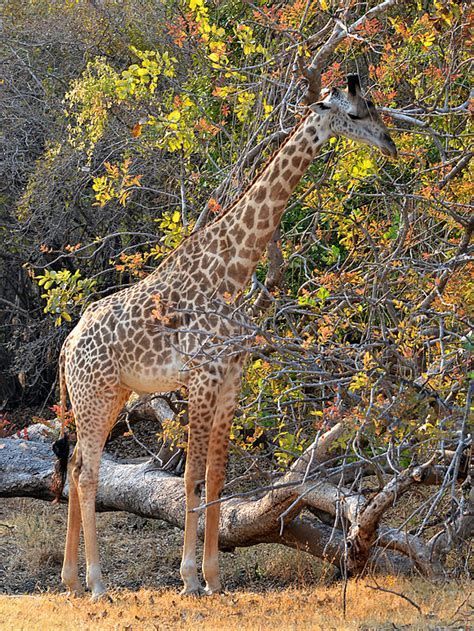
la girafe d'Angola (Giraffa camelopardalis angolensis), qui habite le sud de l'Angola
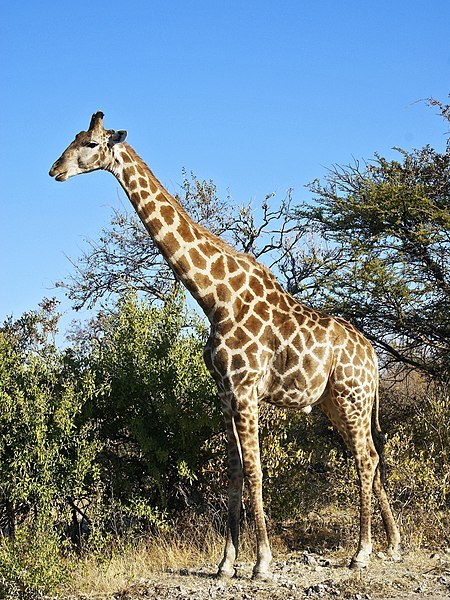
la girafe du Cap (Giraffa camelopardalis giraffa), que l'on voit dans toute l'Afrique australe.

En septembre 2016, une étude génétique a indiqué qu'il semble exister en fait quatre espèces distinctes de girafes, qui ne s'hybrident pas entre elles dans les populations naturelles. L'auteur de l'étude, Chris Woolston, propose les noms suivants, reprenant ceux des sous-espèces correspondantes : la girafe du Nord, ou de Nubie (G. camelopardalis)
;la girafe du Sud (Giraffa giraffa), en Afrique du Sud, en Namibie et au Botswana
;la girafe masaï (G. tippelskirchi) au Kenya, en Tanzanie et en Zambie
;la girafe réticulée (G. reticulata) au Kenya, en Somalie et en Éthiopie.

5 notes
·
View notes
Link

Excerpt from this story from Treehugger:
One of the newest babies to arrive at a Florida zoo, a reticulated giraffe calf stood up on his gangly legs just about half an hour after birth. Weighing an impressive 165 pounds and standing about 6 feet tall, the calf soon began nursing.
The calf was born at the Jacksonville Zoo and Gardens to 13-year-old mom, Luna. It's the first reticulated giraffe (Giraffa reticulata) born at the facility in two years.
Reticulated giraffes are listed as endangered by the International Union for Conservation of Nature (IUCN) Red List. In the wild, the primary threats to the reticulated giraffe are believed to be habitat loss (due to agriculture changes, infrastructure, and urban development, and land degradation), habitat fragmentation, and poaching.
There are an estimated 15,950 individuals left in the wild—primarily in northeastern Kenya, with small groups also in southern Somalia and southern Ethiopia. That's a drop of more than 50% from the approximate 36,000 animals there were three decades ago.
4 notes
·
View notes
Photo

Reticulated Giraffe
Giraffa camelopardalis reticulata
Source: Here
530 notes
·
View notes
Photo



Reticulated Giraffe, Giraffa camelopardalis reticulata
1st photo: Willow, the recent baby giraffe. 2nd photo: one of the adult females. 3rd photo: the adult male, I really like his dark colors.
4 notes
·
View notes
Text
Zürafalar Bir Değil Dört Türmüş
Zürafalar Bir Değil Dört Türmüş
Zürafalar Bir Değil Dört Türmüş
En uzun ve büyük kara memelileri olan zürafalar hep ilgi çekmiştir. Zürafaların uzun bedenleri ve güçlü kardiyovasküler sitemleri evrim sürecinde çık az değişikliğe uğramıştır. Bilim insanları zürafaların çeşitleri bakımından ikiye ayrılmış durumdaydılar. Kimilerine göre tek tür varken, kimilerine göre 3 tür var. Fakat 2016 yılında yapılan kalıtım analizleri dört…
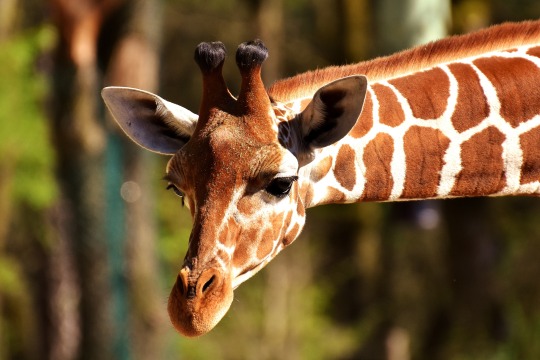
View On WordPress
#Giraffa#Giraffa camelopardalis#Giraffa giraffa#Giraffa reticulata#Giraffa tippelskirchi#Güney Zürafası#kuzey Zürafası#Massai Zürafası#Somali Zürafası#zürafa#zürafa türleri#Zürafalar Bir Değil Dört Türmüş
0 notes